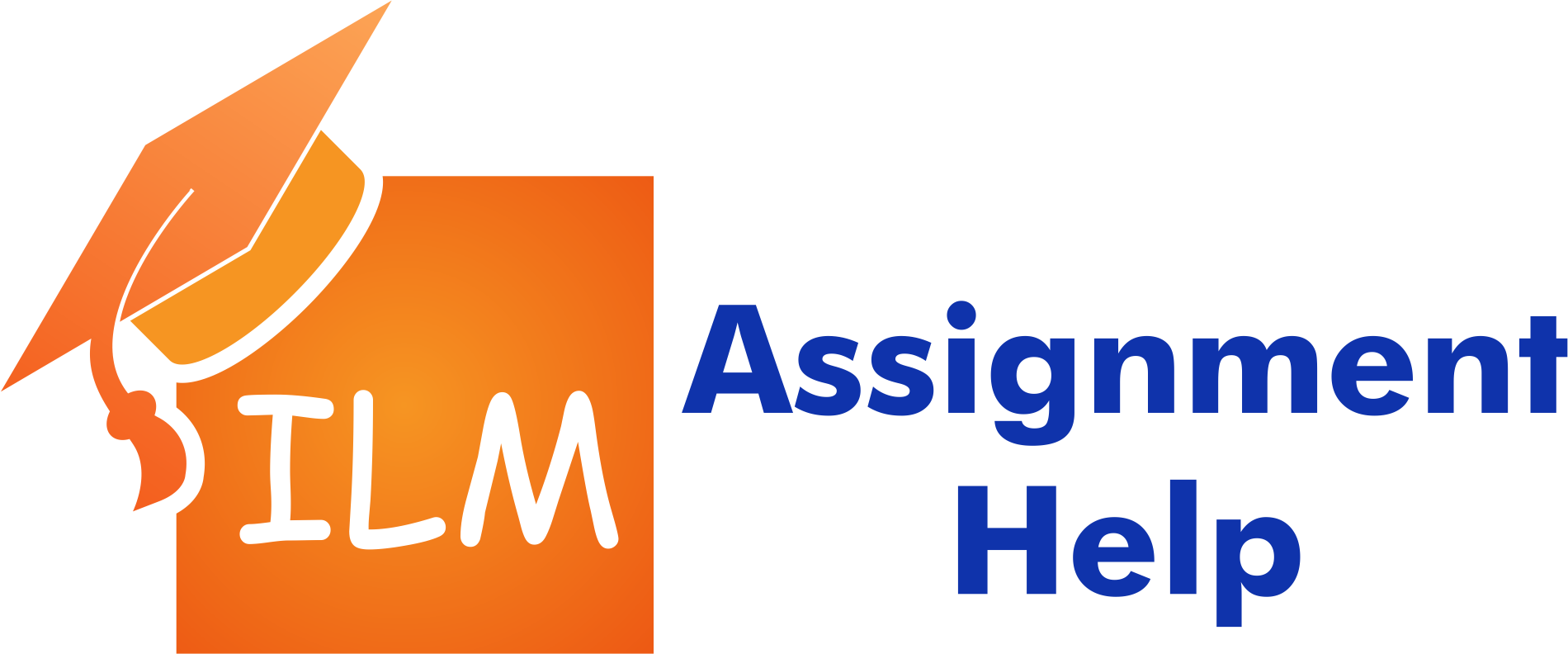Did you enjoy our articles?
Click the order button below to get a high-quality paper.
You can talk to the writer using our messaging system and keep track of how your assignment is going.
Order Now / اطلب الان
It will take approximately 2500 words to complete a formal business report. This guide will help you with your 5CO01 assignment Task One questions.
AC 1.1 Examines the advantages and disadvantages of two different types of organisational structures in different organisations, the range of products, services, and customers associated with each, and their relationship to organisational purpose.
There will be four types of organisational structures that students will identify: Hierarchical, Matrix, Functional, and Horizontal.
Students might use the structure of the organisation they work for to answer this question, and they might describe the services and products that the organisation provides. Students will be asked to discuss the advantages and disadvantages of an organisation’s structure and then relate the structure to the organisation’s purpose.
In the next section, students will explain the second organisational structure, its advantages and disadvantages, and provide a paragraph comparing the two.
As an example, Tesco has a hierarchy with many departments forming many layers managed from the top.
As a company, Starbucks Coffee has a functional structure in which different departments perform different functions, such as Human Resources, Marketing and Finance. Therefore, having a clear understanding of employee roles and responsibilities helps to ensure specialisation, accountability, and transparency. However, one disadvantage of this method is that it does not foster employee collaboration, does not provide good coordination, and does not get information to employees promptly.
AC 1.2 Examines how the organisational strategy should be linked to products, services, customers, and revenue.
In this assignment, students will identify how organisational goals link to organisational products and services and their target for selling the products to ensure that they survive and grow.
The course aims to introduce students to how an organisation’s strategies link to its customers, intending to meet customers’ needs and establish customer loyalty.
In this course, students will explore the relationship between organisational strategies and revenue generation, the management of risks, and organisational growth and survival.
This assignment asks students to discuss how BMC’s strategic goals are tied to selling different food products and the customers in Manchester and elsewhere. Students are encouraged to consider the OGSM Model in answering this question.
1.3 Analysing the impact of external factors and trends on organisations today and in the future.
This question can be answered using any number of analysis models, such as PESTLE, STEEPLE, SWOT, BCG, or Porter’s Five Forces Model.
Using the models, students identify external factors that could negatively impact BMC operations in Manchester.
Example: The PESTLE tool evaluates the following factors: – Political (tariffs, political stability), Economic (AIDS pandemic, economic growth or decline), Social (culture, norms, lifestyle), Technological (artificial intelligence, social media), Legal (employment regulations, labour laws), and Environmental (sustainable development, green policies, CSR).). Refer to https://www.cipd.co.uk/knowledge/strategy/organisational-development/pestle-analysis-factsheet. After considering these factors, students should analyse how these elements impact BMC’s business operations and HR processes.
These are examples of external trends that could impact BMC business:- Flexible working hours and changing demographics of employees.
1.4 Assessing two key issues and causes within organisations that directly impact product/service delivery and the consequences it may have on people practices and solutions.
Among the factors affecting product/service delivery are organisational restructuring, new product or service development, new technology developments, new employee and customer initiatives, and skills shortages.
3.3 The impact of the issues on people’s practices and solutions is analysed to help shape the work area among the people and the organisation. The mental well-being of employees, globalisation, new technologies, flexible work options, and nationalisation are themes in shaping people practices.
The students discussed the business’s failure to consider its employees’ well-being, which led to low levels of employee satisfaction and a high employee turnover rate. A negative impact of people practice is that employees become demotivated and do not perform as expected. The solution is to develop effective retention strategies that involve appropriate workforce planning. Positive outcomes would be increased productivity and performance and qualified personnel and experts to handle different positions and responsibilities within the organisation.
1.5 Explaining how people practices can impact organisational systems and structures and therefore affect the effective employment, management and development of employees
There are two types of organisational systems: closed and open. Students need to distinguish between closed and open systems.
They will discuss how employers’ practices can affect their effectiveness.
People practices will be discussed in terms of their impact on and improvement of people management.
The students will discuss how people practices influence the development of individuals within an organisation.
Describe how organisational structures and systems can affect employee recruitment, talent management, and priorities within an organisation in a paragraph.
1.6 Examines the impact that technology has on people, work, and working practices and the extent to which technology is used in organisations today and in the future.
Technology in work systems impacts the development of new products and services, as well as the efficiency and well-being of workers. For more information on technology and the future of work, students should refer to the following CIPD article https://www.cipd.co.uk/knowledge/work/technology/emerging-future-work-factsheet.
The students will discuss how technology impacts work, work practices, and people in organisations and how technology enhances innovation and creativity.
Related articles:
Click the order button below to get a high-quality paper.
You can talk to the writer using our messaging system and keep track of how your assignment is going.
Order Now / اطلب الان
